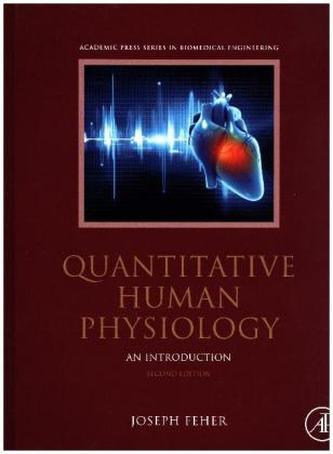Quantitative Human Physiology
6
%
2867 Kč 3 035 Kč
Sleva až 70% u třetiny knih
Unit 1: Physical and Chemical Foundations of Physiology
1.1. The Core Principles of Physiology
1.2. Physical Foundations of Physiology I: Pressure-Driven Flow
1.3. Physical Foundations of Physiology II: Electrical Force, Potential, Capacitance, and Current
Problem Set 1.1. Physical Foundations: Pressure and Electrical Forces and Flows
1.4. Chemical Foundations of Physiology I: Chemical Energy and Intermolecular Forces
1.5. Chemical Foundations of Physiology II: Concentration and Kinetics
1.6. Diffusion
1.7. Electrochemical Potential and Free Energy
Problem Set 1.2. Kinetics and Diffusion
Unit 2: Membranes, Transport, and Metabolism
2.1. Cell Structure
2.2. DNA and Protein Synthesis
2.3. Protein Structure
2.4. Biological Membranes
Problem Set 2.1. Surface Tension, Membrane Surface Tension, Membrane Structure, Microscopic Resolution, and Cell Fractionation
2.5. Passive Transport and Facilitated Diffusion
2.6. Active Transport: Pumps and Exchangers
2.7. Osmosis and Osmotic Pressure
Problem Set 2.2. Membrane Transport
2.8. Cell Signaling
2.9. ATP Production I: Glycolysis
2.10. ATP Production II: The TCA Cycle and Oxidative Phosphorylation
2.11. ATP Production III: Fatty Acid Oxidation and Amino Acid Oxidation
Unit 3: Physiology of Excitable Cells
3.1. The Origin of the Resting Membrane Potential
3.2. The Action Potential
3.3. Propagation of the Action Potential
Problem Set 3.1. Membrane Potential, Action Potential, and Nerve Conduction
3.4. Skeletal Muscle Mechanics
3.5. Contractile Mechanisms in Skeletal Muscle
3.6. The Neuromuscular Junction and Excitation-Contraction Coupling
3.7. Muscle Energetics, Fatigue, and Training
Problem Set 3.2. Neuromuscular Transmission, Muscle Force, and Energetics
3.8. Smooth Muscle
Unit 4: The Nervous System
4.1. Organization of the Nervous System
4.2. Cells, Synapses, and Neurotransmitters
4.3. Cutaneous Sensory Systems
4.4. Spinal Reflexes
4.5. Balance and Control of Movement
Problem Set 4.1. Nerve Conduction
4.6. The Chemical Senses
4.7. Hearing
4.8. Vision
4.2 Problem Set. Sensory Transduction
4.9. Autonomic Nervous System
Unit 5: The Cardiovascular System
5.1. Overview of the Cardiovascular System and the Blood
5.2. Plasma and Red Blood Cells
5.3. White Blood Cells and Inflammation
5.4. The Heart as a Pump
Problem Set 5.1. Blood
5.5. The Cardiac Action Potential
5.6. The Electrocardiogram
5.7. The Cellular Basis of Cardiac Contractility
5.8. The Cardiac Function Curve
Problem Set 5.2. Cardiac Work
5.9. Vascular Function: Hemodynamics
5.10. The Microcirculation and Solute Exchange
5.11. Regulation of Perfusion
5.12. Integration of Cardiac Output and Venous Return
5.13. Regulation of Arterial Pressure
Problem Set 5.3. Hemodynamics and Microcirculation
Unit 6: Respiratory Physiology
6.1. The Mechanics of Breathing
6.2. Lung Volumes and Airway Resistance
6.3. Gas Exchange in the Lungs
Problem Set 6.1. Airway Resistance and Alveolar Gas Exchange
6.4. Oxygen and Carbon Dioxide Transport
6.5. Acid-Base Physiology I: The Bicarbonate Buffer System and Respiratory Compensation
6.6. Control of Ventilation
Problem Set 6.2. Gas Transport and pH Disturbances
Unit 7: Renal Physiology
7.1. Body Fluid Compartments
7.2. Functional Anatomy of the Kidneys and Overview of Kidney Function
7.3. Glomerular Filtration
Problem Set 7.1. Fluid Volumes, Glomerular Filtration, and Clearance
7.4. Tubular Reabsorption and Secretion
7.5. Mechanism of Concentration and Dilution of Urine
7.6. Regulation of Fluid and Electrolyte Balance
7.7. Renal Component of Acid-Base Balance
Problem Set 7.2. Fluid and Electrolyte Balance and Acid-Base Balance
Unit 8: Gastrointestinal Physiology
8.1. Mouth and Esophagus
8.2. The Stomach
8.3. Intestinal and Colonic Chemoreception and Motili
| Autor: | Feher, Joseph J |
| Nakladatel: | Academic Press |
| Rok vydání: | 2017 |
| Jazyk : | Angličtina |
| Vazba: | Hardback |
| Počet stran: | 1008 |
Mohlo by se vám také líbit..
-
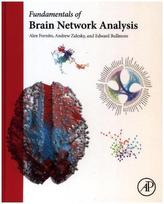
Fundamentals of Brain Network Analysis
Fornito, Alex
-
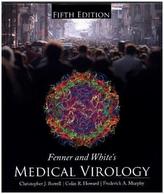
Fenner and White's Medical Virology
Burrell, Christopher J.
-
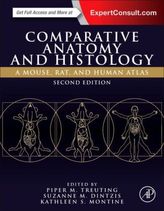
Comparative Anatomy and Histology
Treuting, Piper M.
-

Staying with the Trouble: Making Kin ...
Haraway, Donna J.
-
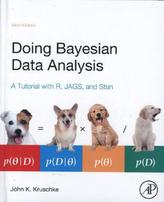
Doing Bayesian Data Analysis
Kruschke, John K.
-
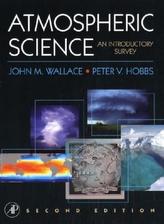
Atmospheric Science
Wallace, John
-

Principles of Project Finance
Yescombe, E. R.
-
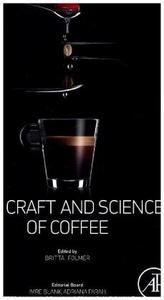
The Craft and Science of Coffee
Folmer, Britta
-

The Psychology of Criminal and Antiso...
Petherick, Wayne
-

Fundamentals of Forensic Science
Houck, Max M.
-
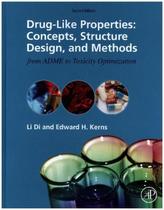
Drug-like Properties: Concepts, Struc...
Kerns, Edward H.
-
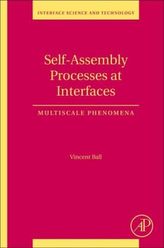
Self-Assembly Processes at Interfaces
Ball, Vincent
-
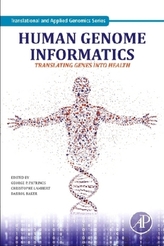
Human Genome Informatics
Baker, Darrol




